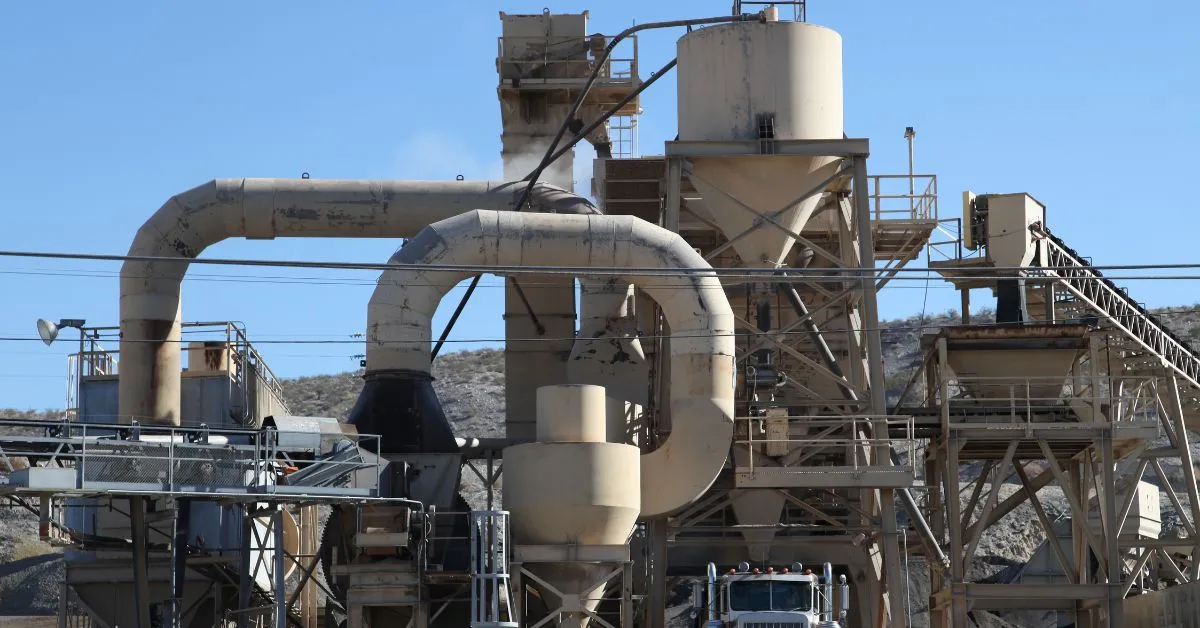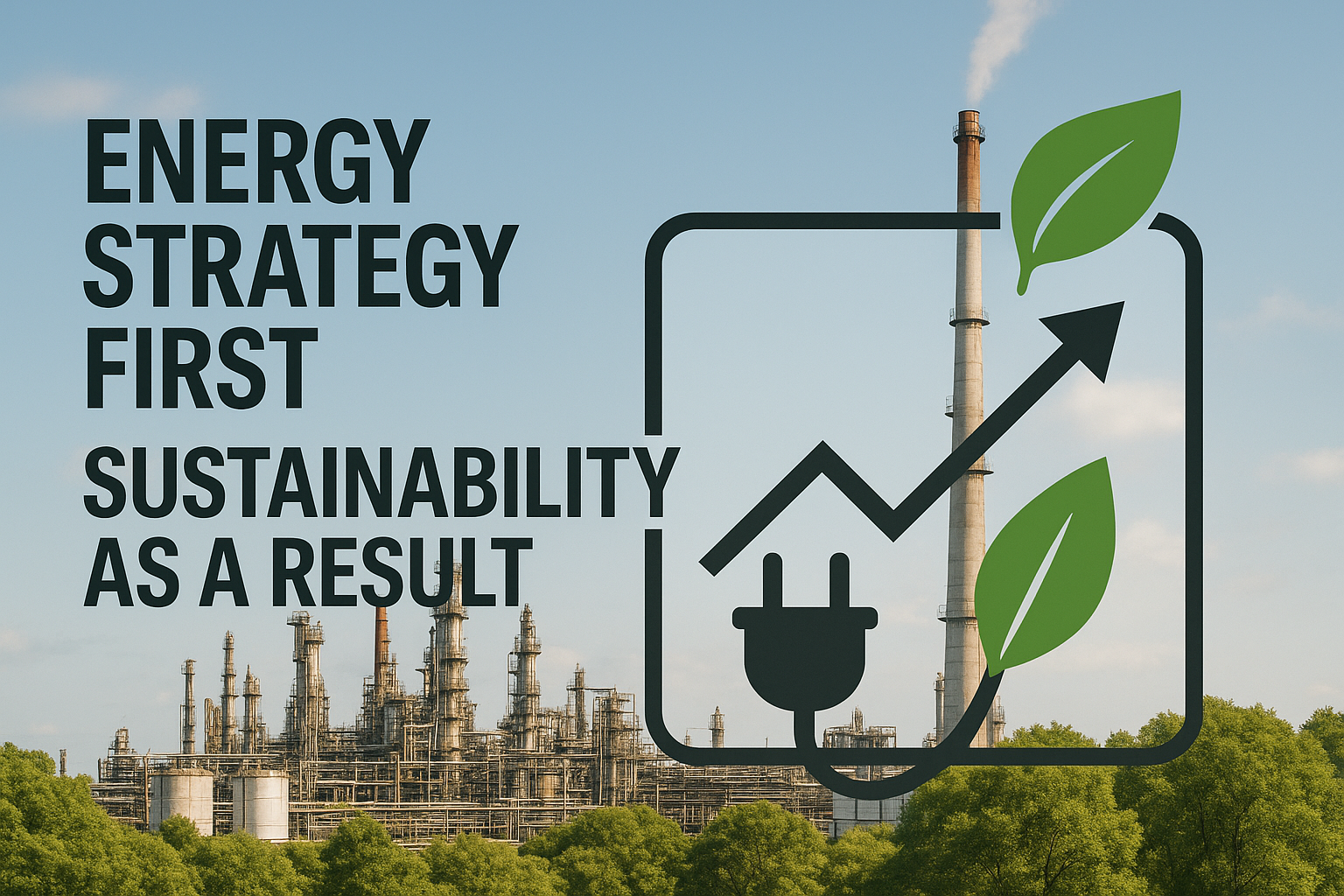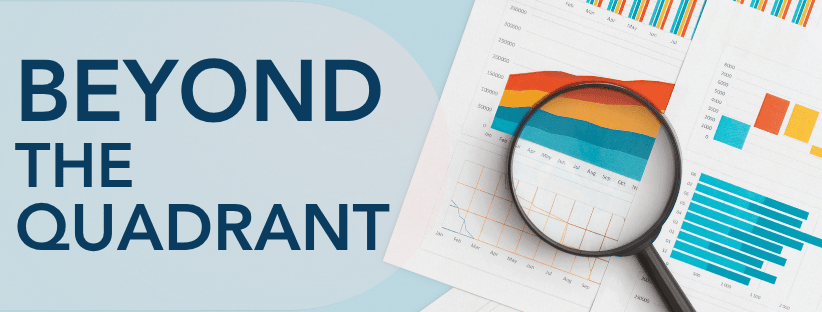Artificial intelligence has moved from pilot to profit in cement plants. AI Optimization models are already delivering improvements in clinker production and energy use on the same equipment, though results may vary by plant and implementation. Industry analysis shows that every extra percentage point compounds quickly, letting early adopters widen the cement plant operational efficiency gap while rivals remain locked in manual tuning. Early adopters of AI Optimization technology, such as Monroe Energy, have already proven that data-driven process improvements translate into a lasting competitive edge.
The financial case is just as compelling: projects that use existing historian data and connect directly to the distributed control system often recoup investment in months, freeing capital for sustainability work and insulating you from rising carbon costs. Regulators are tightening emissions limits, and customers expect ever-smaller CO₂ footprints—a dual pressure that traditional process tweaks can no longer satisfy.
This guide shows you how to build the right data foundation, prioritize high-impact use cases, validate a model in shadow mode, and roll out plant-wide optimization that boosts throughput, trims energy, and strengthens long-term competitiveness.
Build Your Data & Infrastructure Foundation
Clean, continuous data from critical process points enables effective industrial AI models. Map every sensor tied to kiln temperature loops, stack-gas flow, free-lime lab concentration, and mill power so you know exactly what the model will see. Site evaluation often exposes hidden gaps—missing lab timestamps, drifting thermocouples, or noisy PID loops that mask true process behavior—issues that derail projects when they surface late in development.
Route each signal through a layered architecture: plant historian, OPC UA gateway, then a secure on-prem or cloud training node. Keep the historian tap read-only and ring-fence the AI network behind firewalls to preserve IT/OT security while integrating seamlessly with existing DCS and APC systems.
Plan on 12–18 months of one-minute data. That depth captures seasonal fuel shifts and raw-mix variability, giving the model enough context to deliver reliable real-time action.
Identify High-Impact AI Use Cases
Start by mapping every potential project on a simple 2 × 2 grid—impact on plant KPIs along one axis, implementation effort on the other. This visual forces you to compare ideas objectively and channel resources toward the clear winners.
Select a first target with high visibility—typically one kiln or a flagship finish mill—so executives and front-line teams can see measurable results within weeks and build momentum for the broader AI program.
Choose the Right AI Optimization Partner
Proof of closed-loop operation matters most when selecting a partner. Their industrial AI must write setpoints directly to your DCS—not just offer suggestions you still need to chase. Ask for plant-specific references showing production increases and energy cuts delivered in real time.
Model transparency comes next. You and your operators must see why each setpoint shift is made, or trust will evaporate. Look for deep cement expertise backed by on-site process engineers who can tune the model to your kiln’s quirks and constraints.
Cybersecurity posture protects valuable data through segmented networks, read-only historian taps, and regular penetration tests. Support methodology accelerates adoption: quarterly recalibration, 24/7 response, and operator coaching turn early wins into lasting, plant-wide efficiency gains.
Key questions to ask:
- Does the platform write setpoints directly to the DCS with safety interlocks?
- How quickly can models adapt to alternative fuels or raw-mix shifts?
- What integration steps and timeline have you followed at comparable sites?
- How do you calculate verified savings against baseline operation?
- What on-site training do you provide to embed new workflows with front-line operations?
Develop & Validate the AI Model
With your data foundation in place, you start by funneling 12–18 months of 1-minute historian data into an isolated training node, where the first pass is simple: clean the tags, align lab timestamps, and engineer features that capture kiln heat balance or mill load.
From there, you layer a hybrid model that blends first-principles equations with industrial AI techniques, giving the model an immediate grasp of mass and energy constraints while letting it learn subtle correlations hidden in the data.
Once the draft model is ready, run historical back-testing. Focus on two cement-specific KPIs: the Mean Absolute Error of free-lime prediction and the projected megajoules per tonne reduction. These metrics translate directly to fuel savings and steady clinker quality. If the numbers beat your existing advanced process control, move to a two-to-four-week advisory mode: the model generates setpoints in real time, but operators still steer the plant.
Shadow mode is where trust is built. Invite kiln operators to flag unsafe moves, retrain on their feedback, and replay the scenarios together. The model continuously adapts to fluctuating raw mix chemistry and ambient conditions, so every iteration sharpens accuracy and removes the perception that the AI is a black box. By the time you cut over to closed-loop, the control room already sees the projected fuel cut on the dashboard and is ready to let the model take the wheel.
Deploy AI Optimization in Production
Moving from model validation to real-time action starts with a disciplined change management plan. First, you configure watchdog routines that compare every AI recommendation against hard safety and environmental limits. If a deviation appears, the system reverts to the previous setpoint within seconds. A clear rollback path reassures operators that production will never drift outside approved boundaries.
Control authority follows a strict hierarchy—your Distributed Control System remains the primary guardian, Advanced Process Control handles routine targets, and the AI layer issues fine adjustments only when both layers agree it’s safe. This structure keeps human override one click away while still allowing the optimization system to raise clinker throughput through minute-by-minute adjustments to fuel flow, feed chemistry, and separator speed.
Commissioning succeeds when daily routines feel familiar. Operators start each shift by reviewing a live KPI dashboard that logs kiln thermal efficiency, free-lime error, and MJ/t. The AI operates in this advisory-only mode for the first week, its suggestions displayed but not executed. After sign-off, automatic control engages with boundaries pre-agreed by process engineering and EHS teams.
Because the model retrains on fresh historian data, it continuously adapts to raw-meal variability and ambient conditions, delivering smoother, more sustainable operations without forcing you to rewrite existing DCS logic.
Measure, Prove, and Scale Plant-Wide
The moment you close the feedback loop, the clock starts on proving value. Begin with a simple pre- versus post-implementation study: calculate a baseline of the 90 days of historian data before activation, then compare it with a 90-day window after activation.
This dampens daily noise and lets you isolate sustained gains. Many sites that follow this method validate clinker production lifts and finish-mill throughput improvements once optimization is live, along with measurable fuel savings and fewer off-spec batches.
Track a tight set of plant-specific KPIs that directly impact your bottom line: clinker tonnes per day, kWh per tonne of cement, and CO₂ kilograms per tonne. These metrics capture the operational efficiency gains that translate into measurable cost savings and sustainability improvements.
Package the findings in an executive snapshot that highlights net savings, payback time under 12 months, and any secondary benefits such as lower refractory wear. With early wins in hand, expand deliberately across your operations. Start with the kiln, then move to cement mills, preheater fans, and alternative-fuel lines. Each new area benefits from the tuning rules, security configurations, and operator workflows you refined during the first rollout, cutting commissioning effort dramatically.
Close every review cycle by sharing quantified gains and next-step roadmaps. Transparent communication keeps leadership support strong and secures the resources needed for the next phase of plant-wide optimization.
Manage Change & Upskill Your Workforce
Successfully integrating AI into cement plant operations requires a strategic approach to change management and workforce development. Begin by developing a comprehensive stakeholder engagement map that encompasses operators, process engineers, IT staff, and sustainability teams, ensuring that each group’s needs and insights are addressed during the transition.
Effective training programs should leverage simulators, which allow your team to practice without disrupting live operations. “What-if” scenario drills can further enhance their ability to respond to real-time challenges, while brown-bag learning sessions provide informal yet effective opportunities for knowledge sharing and skill development.
Addressing the barrier of technical expertise requirements calls for a proactive approach. Implement skill-building strategies tailored to each stakeholder group, emphasizing how AI can enhance, not replace, their roles. By strategically prioritizing adoption in key operational areas, you can maximize the value of your AI implementations.
AI systems also serve as valuable knowledge transfer tools, especially for newcomers. They provide insights into operational efficiencies, fostering a culture where operator expertise is complemented, not overshadowed, by advanced AI technologies. This approach ensures that your team feels empowered and engaged as they navigate the evolving landscape of AI optimization in cement manufacturing.
Future-Proofing: Advanced AI & Smart Factory Roadmap
Once your optimization systems are running in a closed loop, the next step is integrating them into a complete smart-factory architecture. You start by pairing each asset with a digital twin that mirrors temperature, flow, and emissions in real time. Deployments of AI Optimization in oil and gas show how closed-loop control strategies can scale across heavy industrial sectors, including cement production.
That virtual replica becomes the testing ground where you evaluate re-training needs and stress-test new control policies before they touch the kiln. Regular refreshes keep accuracy high and ensure your system stays aligned with 2030 and 2050 decarbonization targets outlined in regional climate frameworks.
Emerging AI techniques are expanding what you can optimize. Genetic algorithms are screening thousands of raw-mix recipes, accelerating the discovery of clinker-lean formulations shown to cut process energy in lab trials. Generative AI is drafting heat-balance reports and flagging anomalous sensor patterns so engineers can focus on higher-value problem-solving. Modular robotics and cobots (collaborative robots) are taking over hazardous cleaning and sampling tasks, feeding richer data back to your systems.
As regulatory limits tighten, closed-loop systems adapt combustion profiles to higher alternative-fuel blends without sacrificing throughput. This approach enables what experts call “continuous decarbonization by control.” Over time, the control hierarchy shifts: manual setpoints give way to advisory AI, then to supervised autonomy where operators validate suggestions, and eventually to fully autonomous production with human oversight focused on strategy, safety, and continuous improvement.
Why Partner with Imubit for Cement Process Optimization
When you partner with Imubit, you tap into a proven track record of delivering measurable gains for cement kilns and mills worldwide. Imubit’s Closed Loop AI Optimization (AIO) technology continuously adjusts fuel flow, feed blend, and airflow in real time, keeping your plant on target even when raw-material quality shifts. The AIO solution integrates directly with existing DCS and historian layers, meeting stringent cybersecurity standards while avoiding disruptive retrofits.
The cement industry stands at a pivotal moment where AI-driven optimization can deliver immediate operational gains while building the foundation for long-term sustainability. By following this systematic approach—from data infrastructure to plant-wide deployment—you can achieve improvements in production and energy efficiency that separate industry leaders from those still relying on manual control.
The key is starting with a solid foundation, proving value quickly, and scaling deliberately across your operations while building the workforce capabilities that will drive continuous improvement for years to come. To understand where AI can make the greatest impact in your plant, request a customized assessment from Imubit’s team of process and optimization experts.




